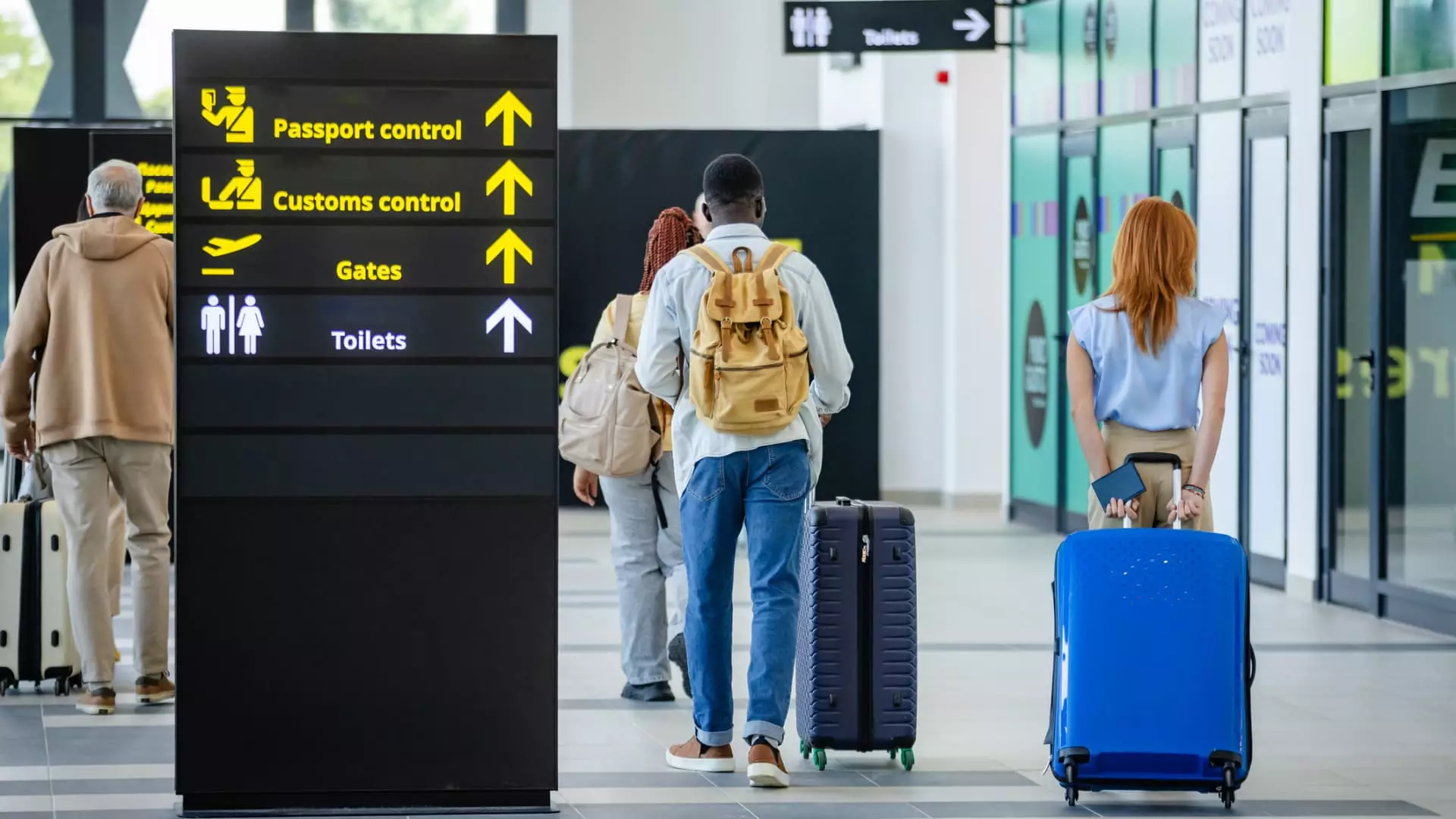Recent analyses by Oxford Economics reveal that foreign visitor spending in the United States is set to decline by a staggering $8.5 billion this year. This drop, amounting to a 5% decrease from the previous year, indicates a worrying trend in international tourism—a sector that significantly contributes to the U.S. economy. The driving factors behind this downturn range from negative perceptions linked to current trade and immigration policies to a broader sense of insecurity among potential travelers.
This situation is particularly dire for businesses and regions that thrive on international tourism. A projected 9% decrease in international arrivals underscores a critical juncture for both local economies and national financial health. With estimates from the World Travel & Tourism Council suggesting a total loss of $12.5 billion by 2025, the implications resonate across communities, industries, and job markets nationwide, sparking serious concerns among stakeholders.
Policy-induced Sentiment Challenges
Aran Ryan, the director of industry studies at Tourism Economics, points out that the prevailing “sentiment-headwinds” resulting from the Trump administration’s policies have markedly influenced traveler decisions. The drumbeat of strict border security measures and the specter of tariffs on essential trading partners have altered the way potential tourists view their trip to the U.S. It seems that travelers are not only weighing logistical factors but are increasingly influenced by emotional and psychological aspects—how safe and welcome they feel when considering a visit.
The stark statistics are telling. Data shows an 11% decline in flight bookings to the U.S. during the peak travel months of May to July, highlighting a weak outlook that draws serious attention. Travelers are exploring alternative destinations, as evidenced by notable declines in air bookings from Europe and Canada, which are lagging substantially. This shift in choice signifies that the U.S. is losing its competitive edge in attracting international tourists, who now look to other countries for their travel experiences.
The Unfavorable Currency Climate
Compounding the issue is the relative strength of the U.S. dollar. Despite a recent weakening, the dollar remains robust compared to many other currencies, leading to increased costs for foreign travelers. High conversion rates make U.S. goods and services more expensive, pushing potential tourists to consider alternative destinations where their money stretches further.
International tourists, especially from countries with weaker currencies, face economic factors that deter them from choosing the U.S. as their desired travel destination. The tourism sector relies heavily on foreign spending; each percentage point decrease in international visitor expenditures corresponds to a staggering loss of $1.8 billion in revenue for the U.S. economy. Thus, factors beyond simple travel preferences are in play, forcing stakeholders to reassess their strategies for attracting international tourists.
The Intersection of Global Concerns and Travel Choices
Concerns regarding the overall health of the global economy also contribute to the decline in international travel. As trade wars and tariffs loom large over predictive economic modeling, potential travelers feel less certain about spending money on international excursions. Uncertainty surrounding economic growth contributes to a lack of confidence in travel as a safe investment of time and money, creating a feedback loop of diminishing demand intertwined with domestic policy decisions.
In this context, immigration policy has emerged as a crucial factor affecting international perceptions of the U.S. Geoff Freeman, president and CEO of the U.S. Travel Association, noted that fears associated with the treatment of foreigners at the U.S. borders create significant barriers. This climate of fear and uncertainty erodes trust, causing apprehension among international travelers, even those who are otherwise legally entitled to visit.
Looking Beyond 2025: A Call to Action for the Travel Industry
As we head into 2025, initial projections by Oxford Economics suggested potential growth in international arrivals and spending—around 16% more in traveler expenditures. However, the current trajectory indicates a serious turnaround and challenges that require immediate attention.
The responsibility falls on all facets of the travel industry, from policymakers to local businesses, to foster a more welcoming and secure environment. With the future of tourism hanging in the balance, collective action is vital to reverse this decline. Engagement, transparency, and an unwavering commitment to hospitality can help reshape perceptions, driving travelers back to America’s shores. The economic stakes are high, but with proactive measures and a renewed focus on positive sentiment, the U.S. can reclaim its status as a premier travel destination.


Leave a Reply